
Assigning a shoot is in many ways, the most important aspect of what photo editors do. Pairing the right photographer with the story is what yields the surprise and delight when the pictures come in.
Kathy Ryan, the Director of Photography at The New York Times Magazine, is famous for cross-assigning—hiring a war photographer to shoot celebrities, or commissioning a large-format landscape photographer to capture news close up. In 2008, Ryan asked photojournalist Paolo Pellegrin to create the Times Magazine’s annual Great Performances portfolio, which offered an intimate look at celebrities who are often highly controlled by publicists. When the U.S. invaded Iraq in 2003, Kathy’s news instincts led her to look into a larger, more global view of refugee camps. She sent Simon Norfolk, a large format, landscape photographer, to record displaced people in three different countries with his 8×10 camera. Any number of photojournalists could have executed that assignment, but Simon’s unique eye found incredible detail in each of those scenes, and distinguished the work from other news pictures.
There’s always a risk in cross-assigning that way, and Kathy’s success in getting provocative but thoughtful pictures is a testament to her remarkable vision. But she’s still a journalist at heart, and aims to portray the world in a surprising way for the viewer. Which is why her more straight-forward, documentary-style commissions are equally as remarkable. Lynsey Addario’s timeless picture of soldiers carrying out their dead comrade after an ambush in Afghanistan in 2008, James Nachtwey’s image of a screaming Romanian child in a dilapidated crib from 1990, Sebastian Salgado’s photograph of Kuwaiti workers installing a new wellhead in 1991—these all stand as some of the greatest photojournalistic work in magazine history.
Kathy’s editing style is impeccable. Her nuanced eye leads her to always find the heartbeat in each frame, pulling out incredible compositions and revealing dramatic tension in the image. One of her great strengths—and what I learned most from her during my 11 years at The Magazine—is how thoroughly she edits. I recall her once going through 50-some odd rolls of photojournalist Gilles Peress’ contact sheets. There are 36 frames per roll, which would mean 1,800 frames. I’ve always been impressed by her ability to handle that kind of volume and cut right to the chase by editing to the 10 or 15 best frames, which would eventually get boiled down into an even tighter edit for the magazine.
This book is a window into all aspects of Kathy’s vision. Almost every photograph has a backstory from the photographer, and often from other editors and Kathy herself, where she so thoughtfully articulates the story behind each picture. At the end of the book are all the tearsheets, so you can see the original context in which the pictures ran.
A lot of editors on Kathy’s level have a vision that evolves to a certain point and then stays there. Kathy continues to evolve. She’s gone through different phases of what inspires her, and she constantly grows as an editor. On September 26, The New York Times Magazine was awarded a News and Documentary Emmy for her incredible production with Sølve Sundsbø, “Fourteen Actors Acting”— a first for the Magazine and a fitting tribute to her ever expanding repertoire.
The New York Times Magazine Photographs, edited by Kathy Ryan is published by Aperture. It features more than four hundred images, organized into five sections: Portraits, Documentary, Photo-Illustration, Style and Projects published in The Magazine over the last three decades.
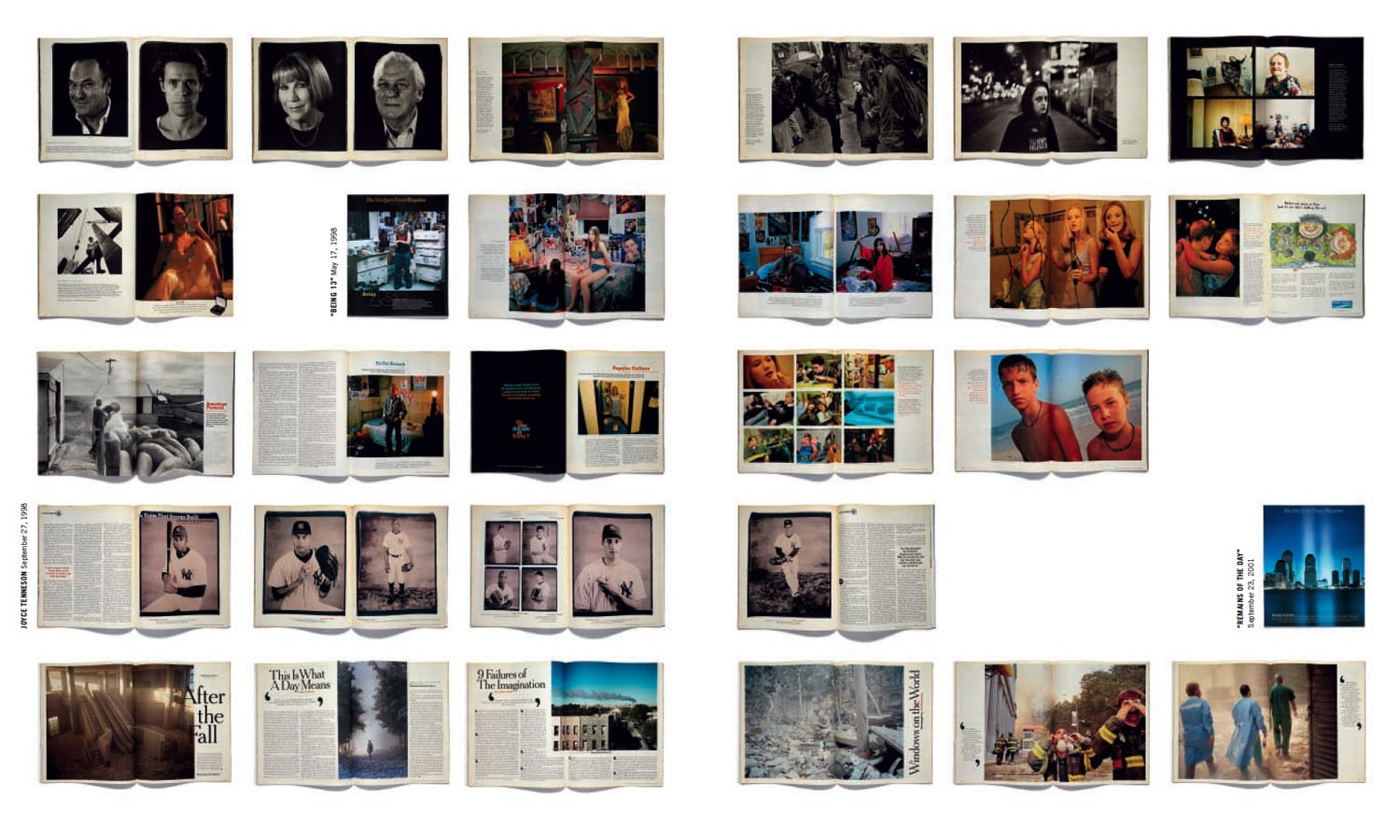
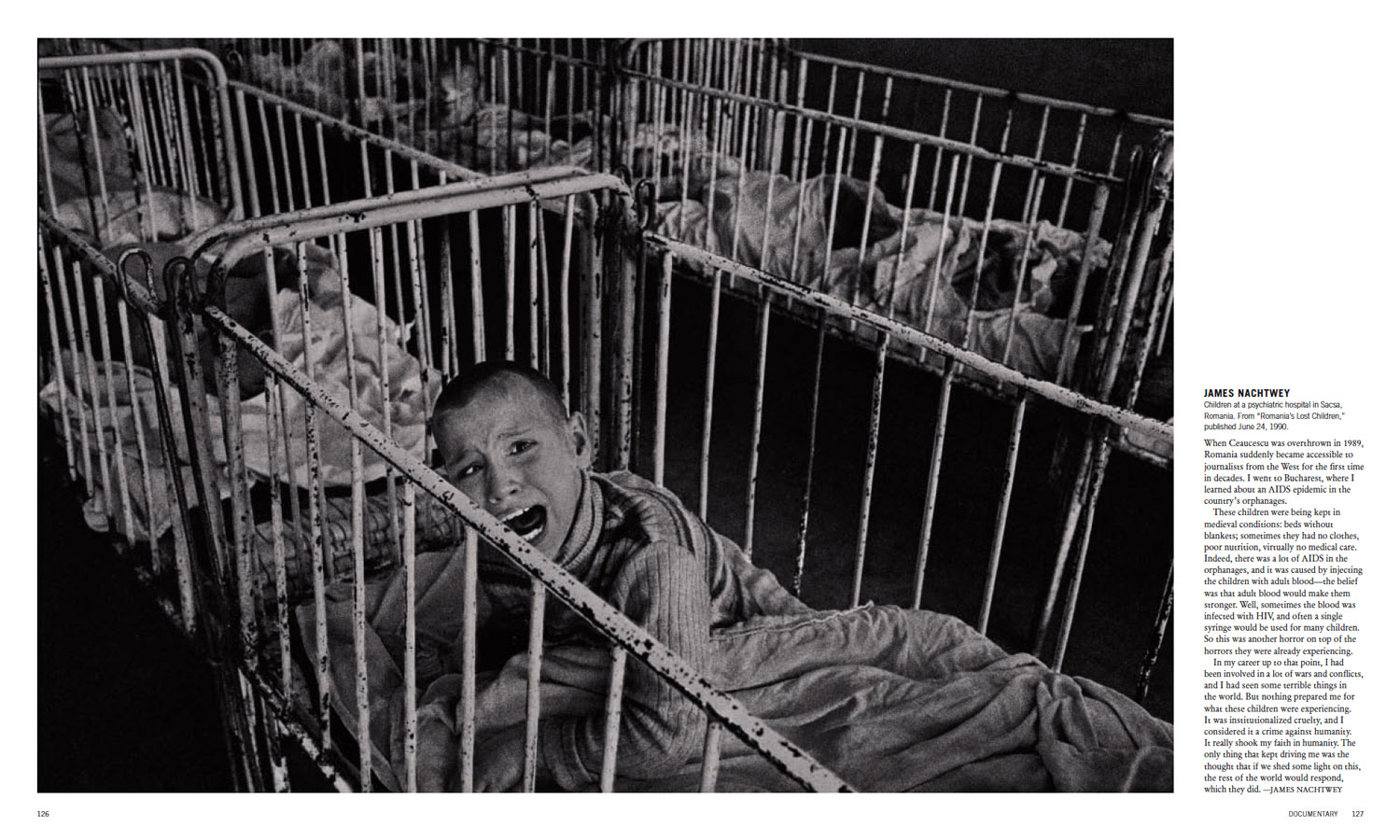

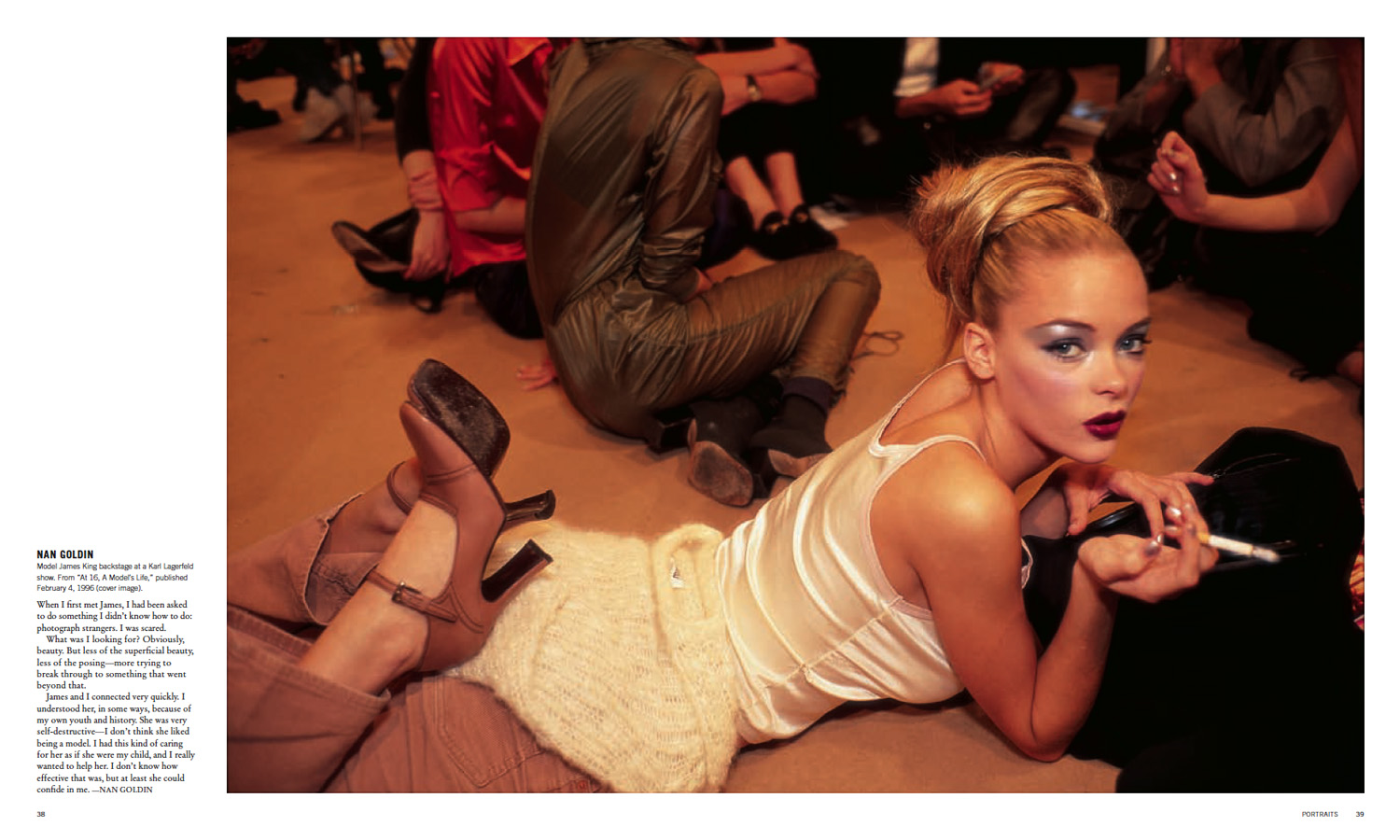
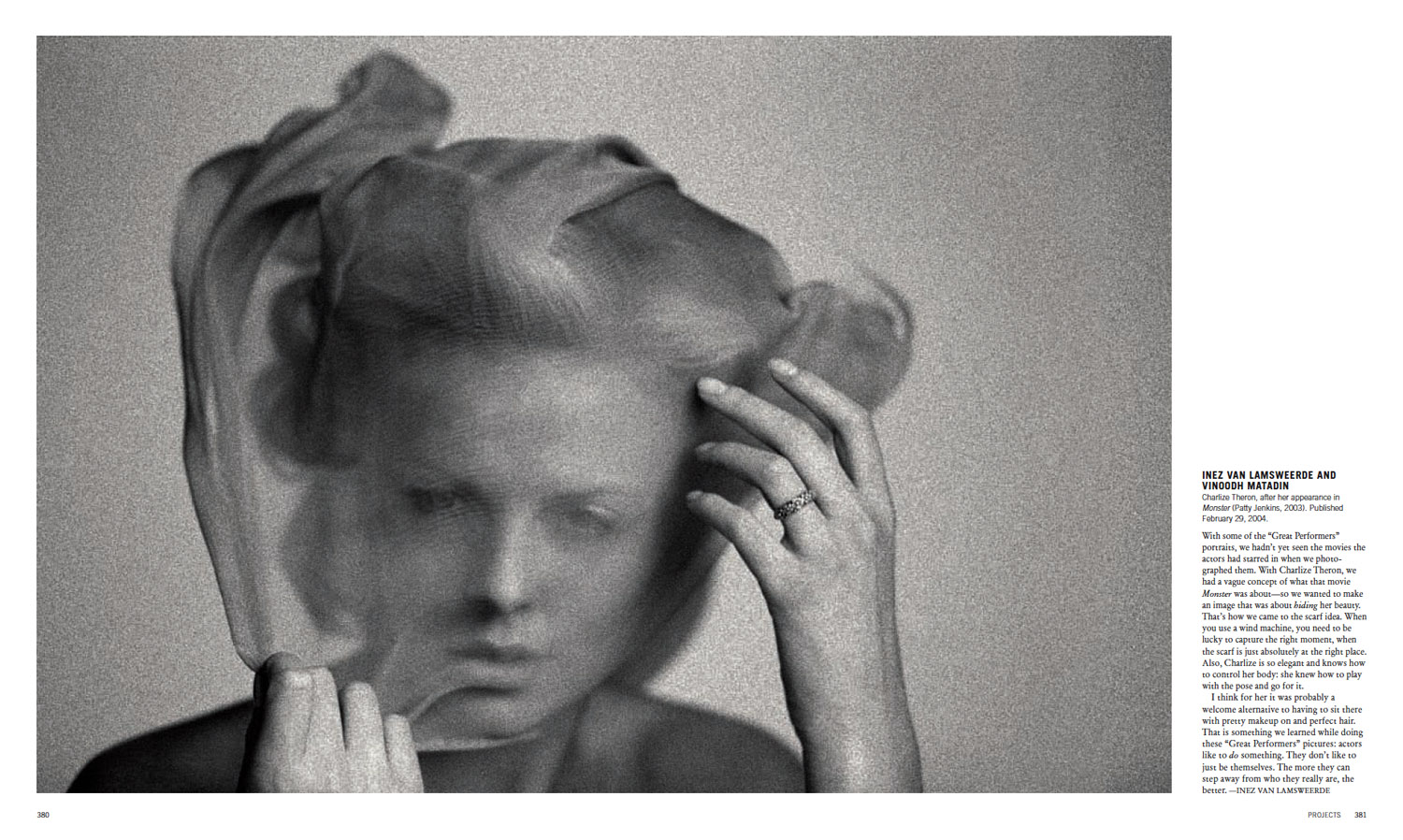
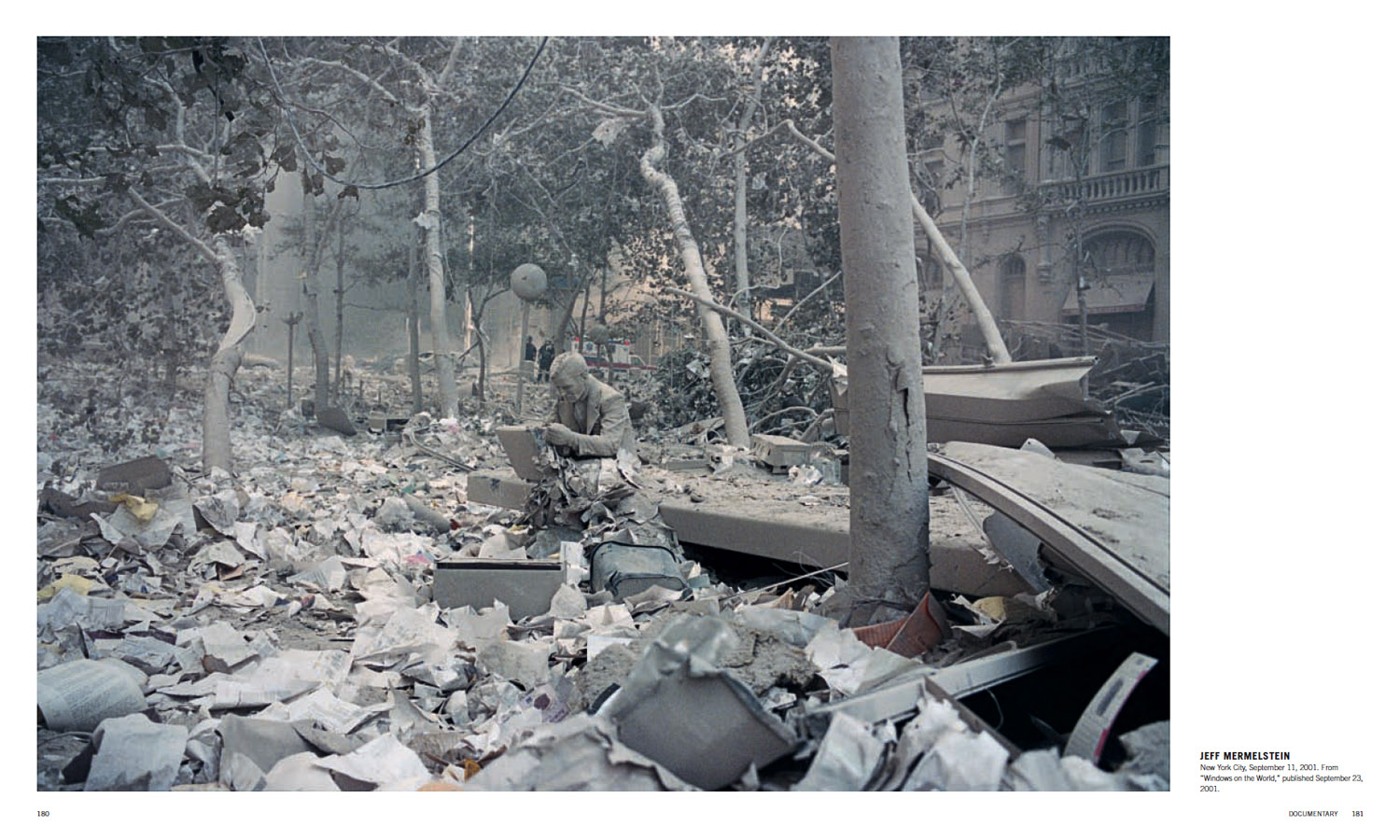
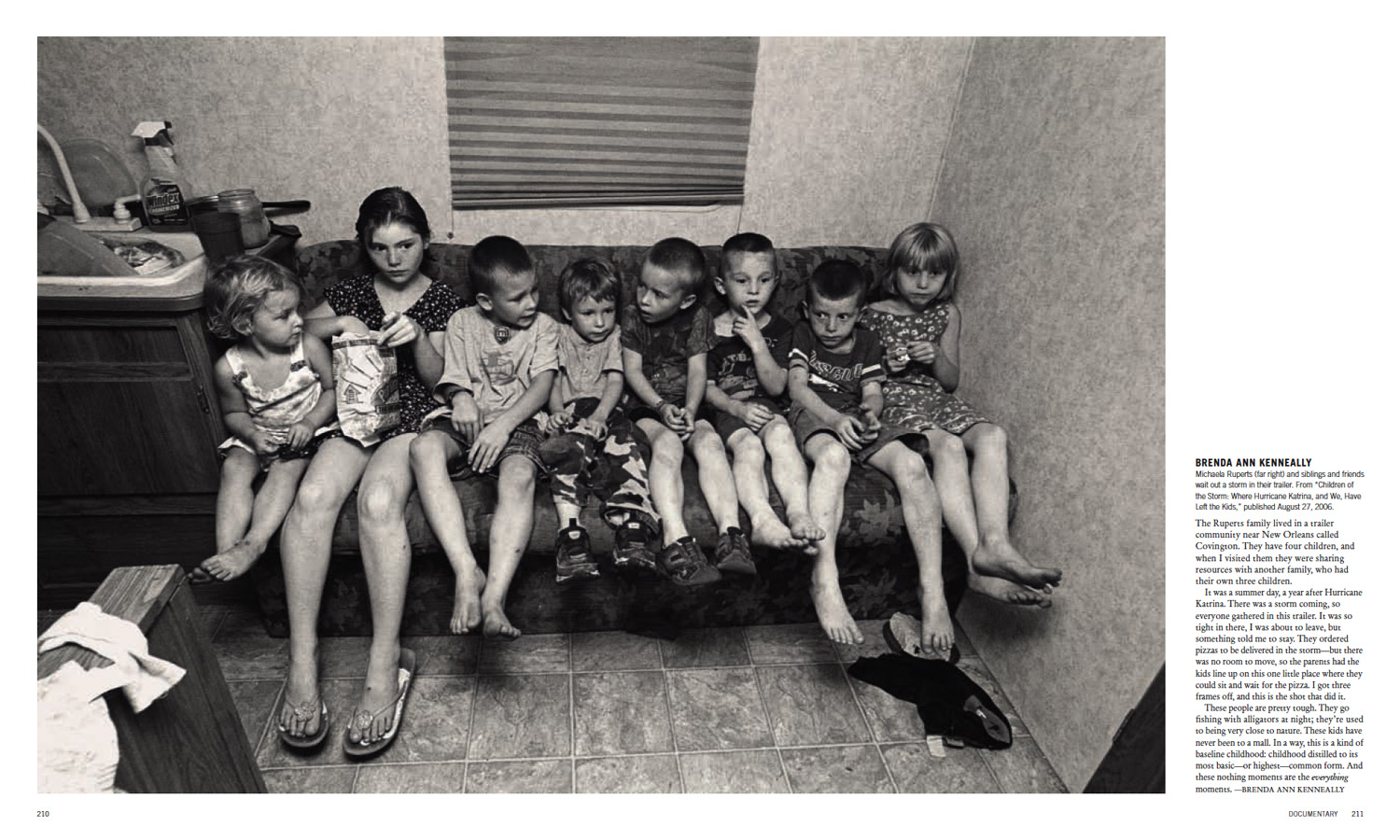
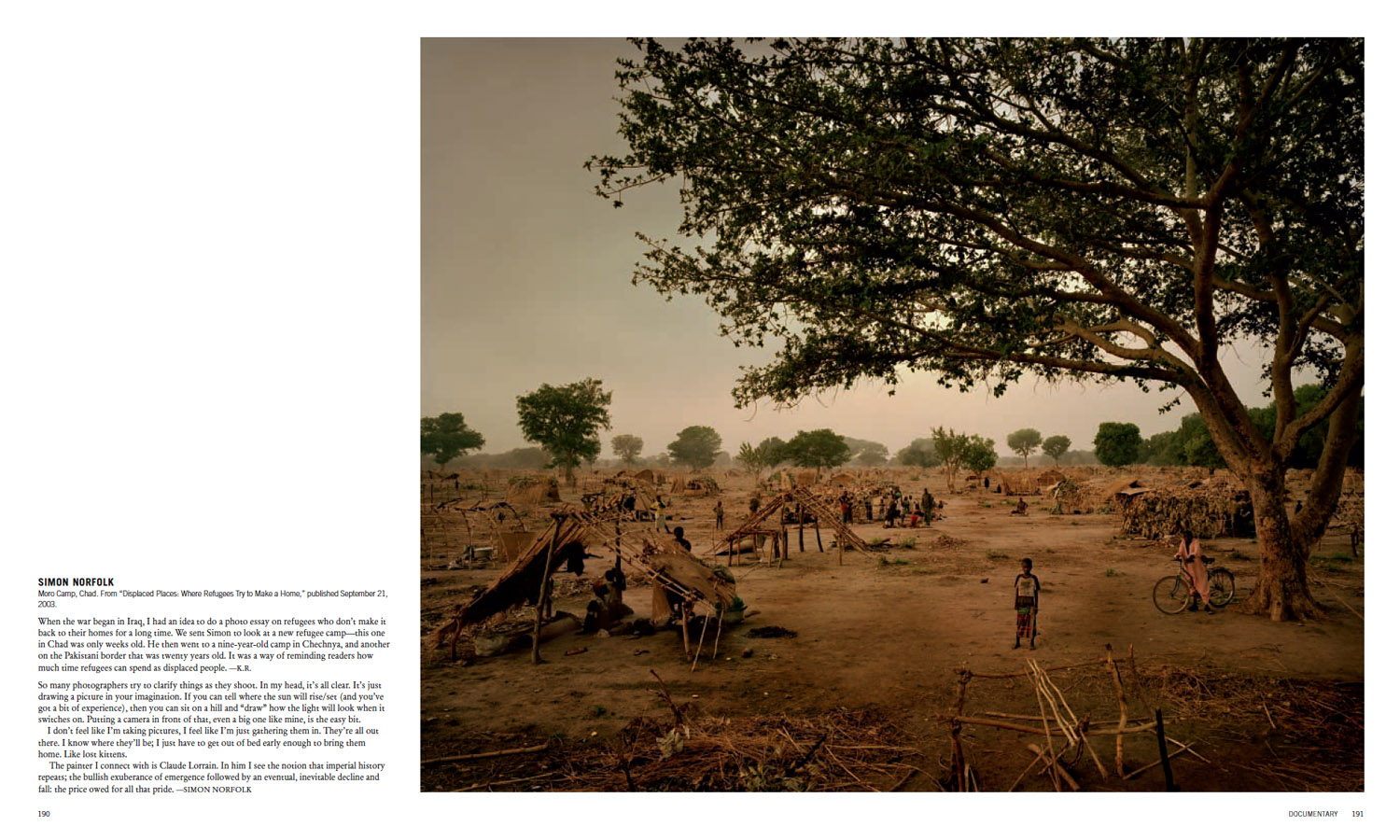
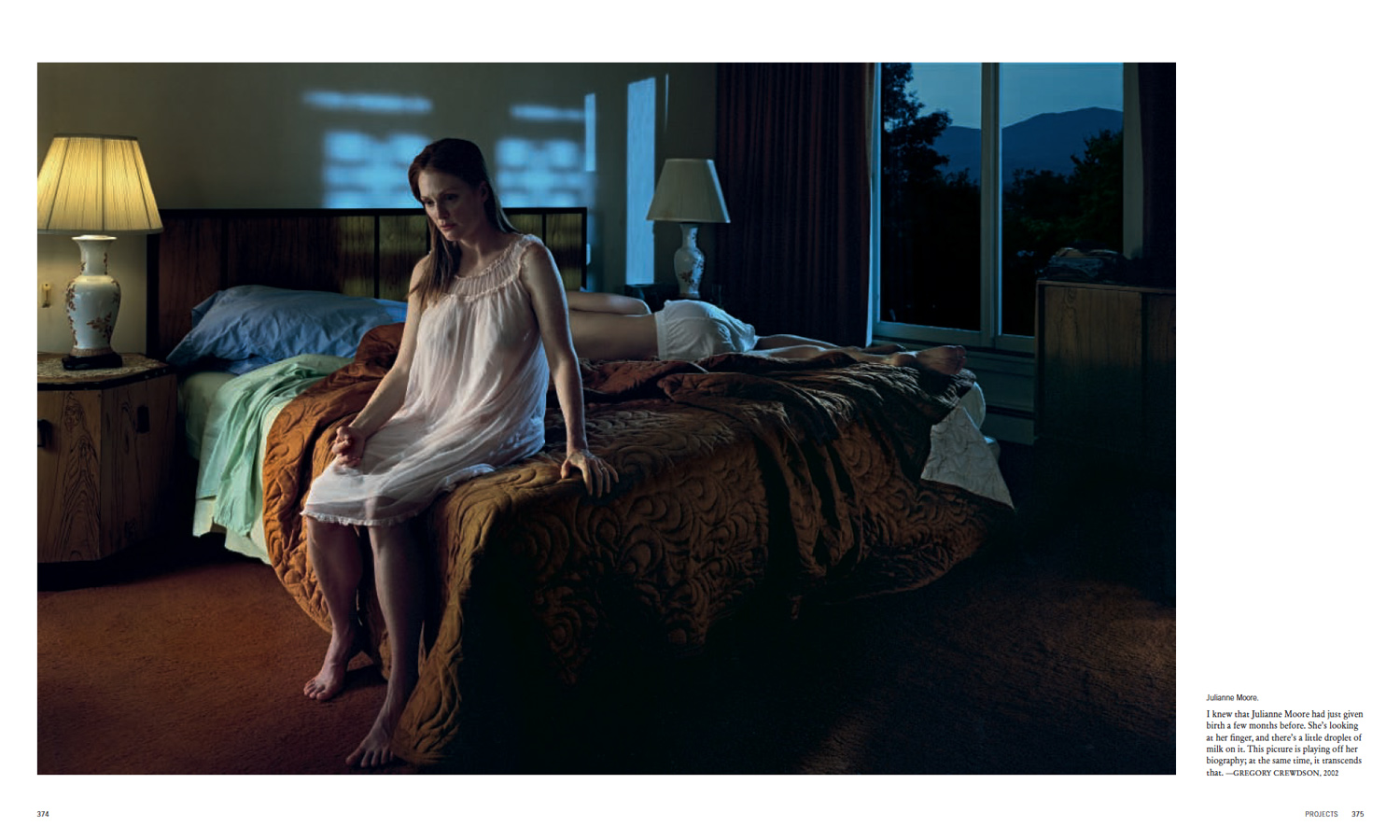
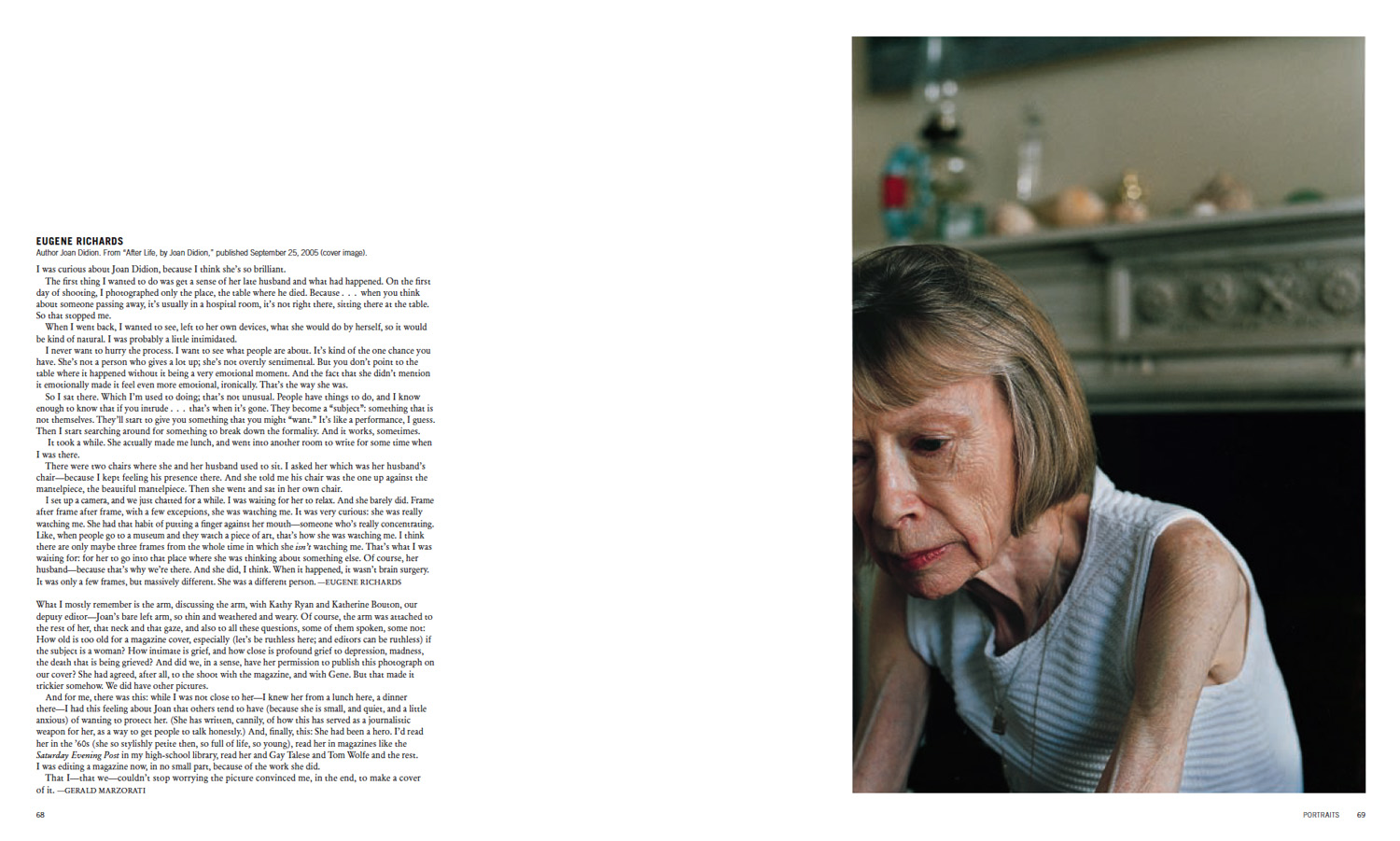
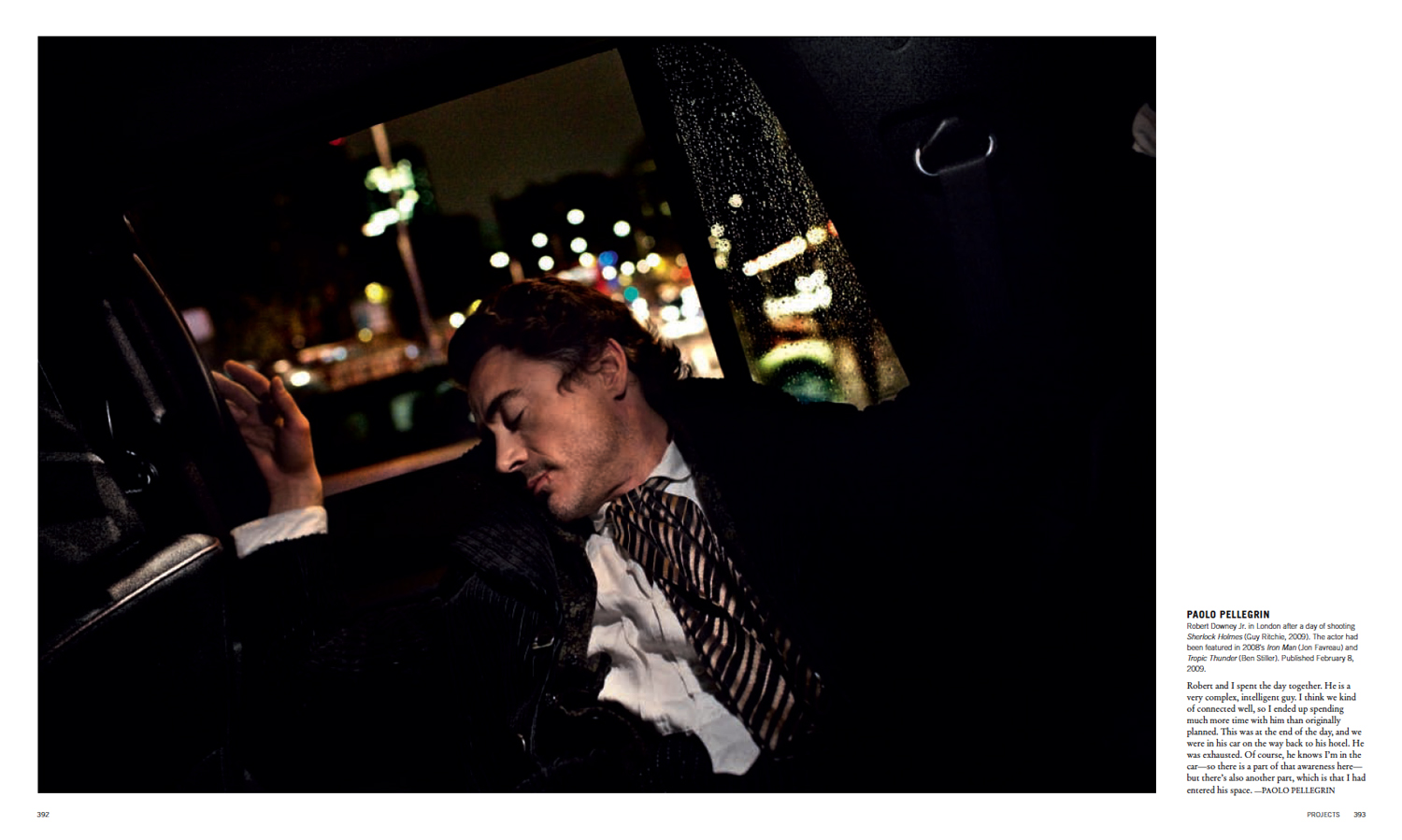

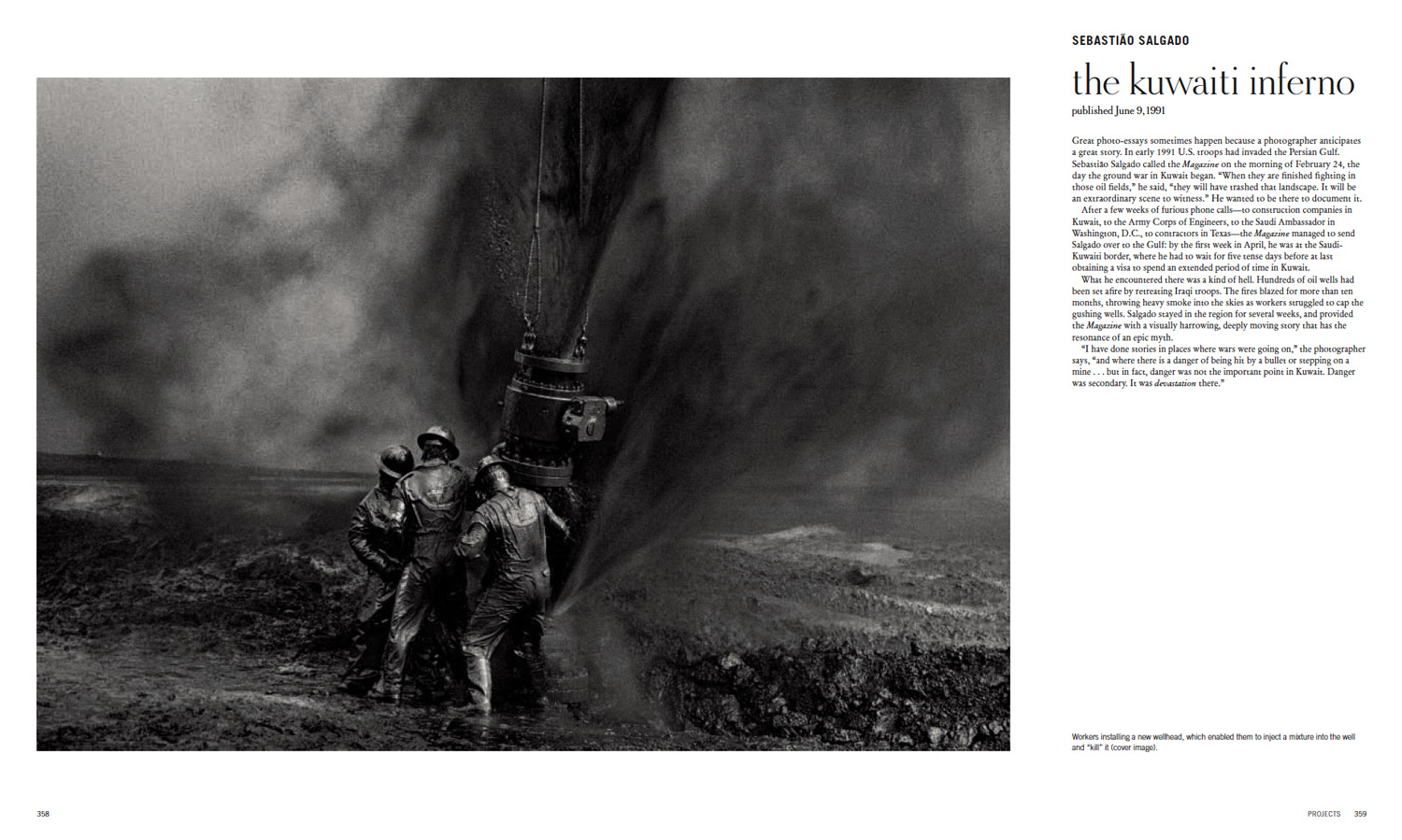
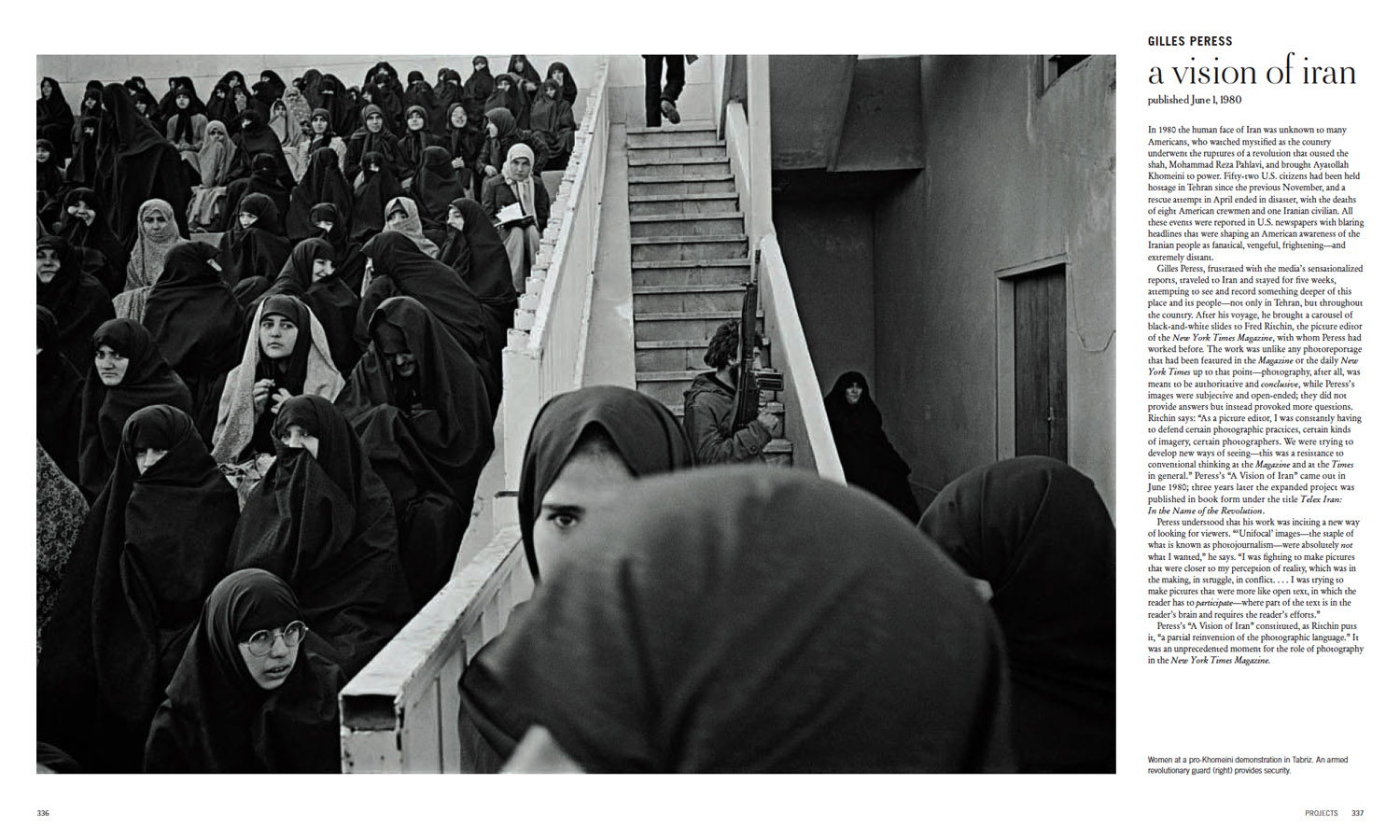
More Must-Reads from TIME
- How Donald Trump Won
- The Best Inventions of 2024
- Why Sleep Is the Key to Living Longer
- Robert Zemeckis Just Wants to Move You
- How to Break 8 Toxic Communication Habits
- Nicola Coughlan Bet on Herself—And Won
- Why Vinegar Is So Good for You
- Meet TIME's Newest Class of Next Generation Leaders
Contact us at letters@time.com